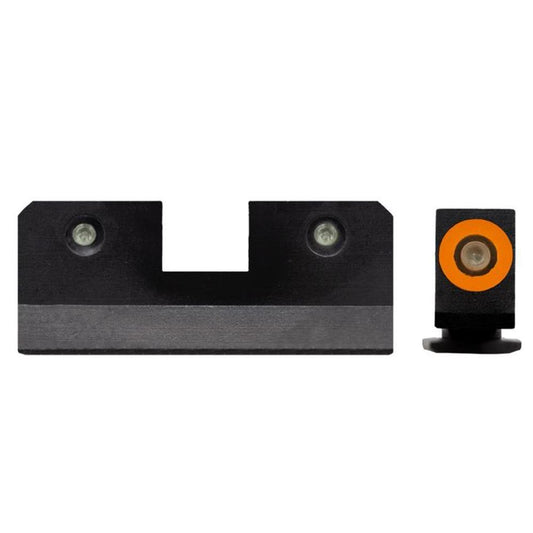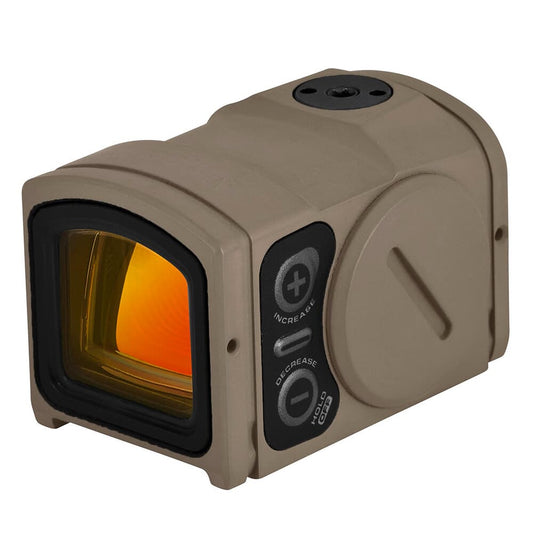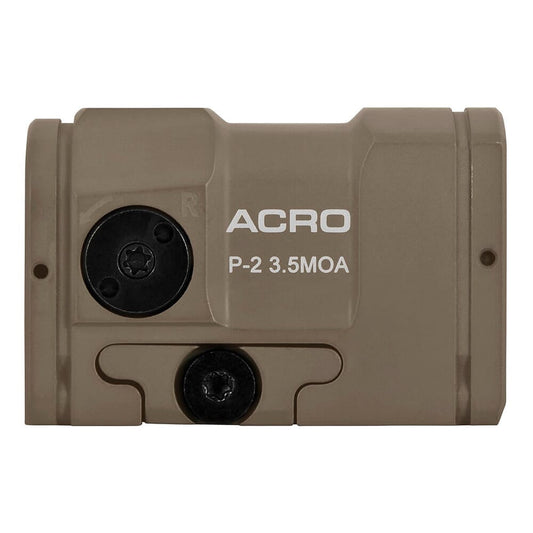

The XS Night Systems R3D Night Sights Orange for Taurus G2 is a game changer in low-light conditions, ensuring you never miss your target. These sights are designed with precision in mind, providing quick and easy target acquisition when it matters most. With a bright orange front sight and a distinctive rear notch, your focus remains sharp, making them perfect for tactical situations or everyday use.
Whether you're at the range or in the field after dusk, the R3D Night Sights deliver superior visibility. The durable construction means they can handle the rigors of any environment, while the easy installation ensures you can get back to shooting in no time. Equip your Taurus G2 with these innovative night sights and elevate your shooting accuracy in any lighting.
Key Features:
- ENHANCED VISIBILITY for quick target acquisition in low-light conditions.
- DURABLE CONSTRUCTION withstands tough environments, ensuring longevity.
- BRIGHT ORANGE FRONT SIGHT improves focus and accuracy, even in darkness.
- USER-FRIENDLY INSTALLATION allows for hassle-free setup without specialized tools.
- COMPATIBLE WITH TAURUS G2 ensures a perfect fit for your firearm.
- OPTIMIZED NIGHT VISION gives you an edge in low-light scenarios.
- LIGHTWEIGHT DESIGN minimizes added weight to your weapon.
- RELIABLE PERFORMANCE guarantees consistent accuracy when it counts.
Technical Specifications Table
| Feature | Specification |
|---|---|
| Compatibility | Taurus G2 |
| Color | Orange |
| Material | Aluminum |
| Weight | 0.2 oz |
| Dimensions | 2.5 x 1 x 0.5 in |
What’s in the Box?
- XS Night Systems R3D Night Sights Orange
- Installation Tool
- Instruction Manual
Customer Reviews
"These sights are fantastic! The visibility is unmatched, and I feel more confident shooting at night." - Alex T.
"Installation was a breeze, and the orange sight makes targeting easier in all lighting." - Jordan P.
FAQ
How do R3D Night Sights perform in total darkness? The XS Night Systems R3D Night Sights provide excellent night visibility, utilizing tritium for illumination, ensuring that you can aim accurately even when no ambient light is available.
Are these sights easy to install on my Taurus G2? Absolutely! The R3D Night Sights come with an installation tool and an easy-to-follow instruction manual, allowing for a straightforward setup without the need for a gunsmith.
How do they compare to traditional sights? The R3D Night Sights offer enhanced visibility, especially in low-light conditions, compared to traditional iron sights which can be challenging to use when conditions are less than ideal.
Similar Models
Looking for more options? Check out our complete range of XS Night Systems products, including the XS R3D Night Sights for Glock and XS R3D for Smith & Wesson. Explore our full collection for cutting-edge sights tailored to elevate your shooting experience.
You May Also Like
Here’s some of our most similar products people are buying. Click to discover trending style.








